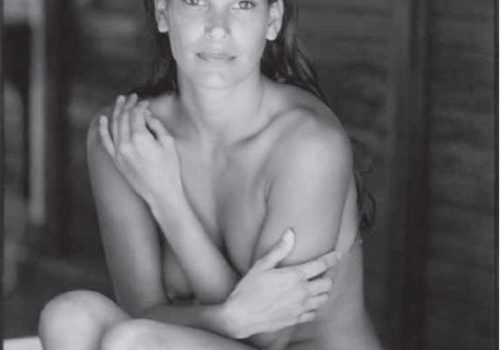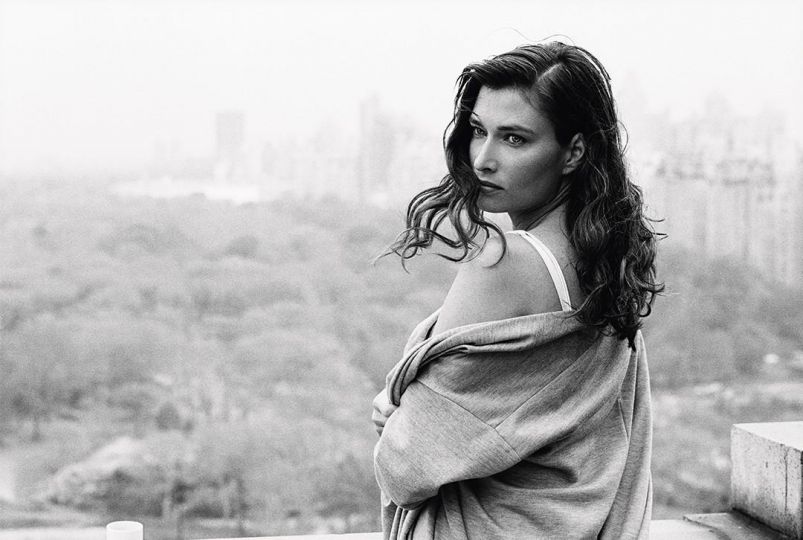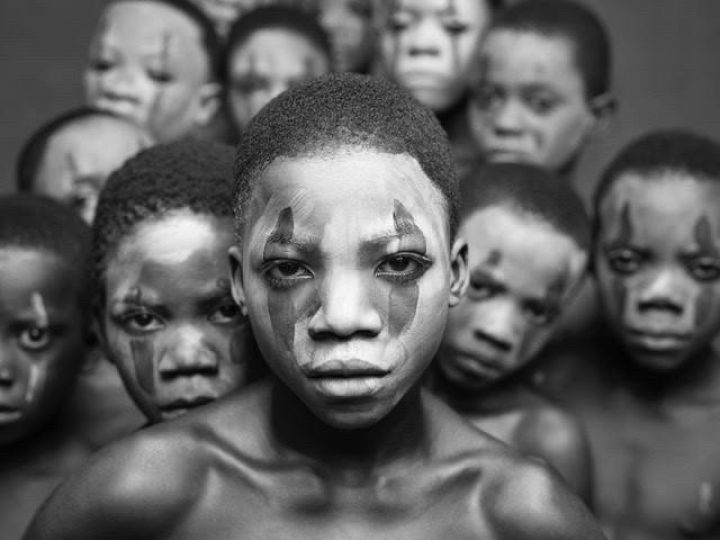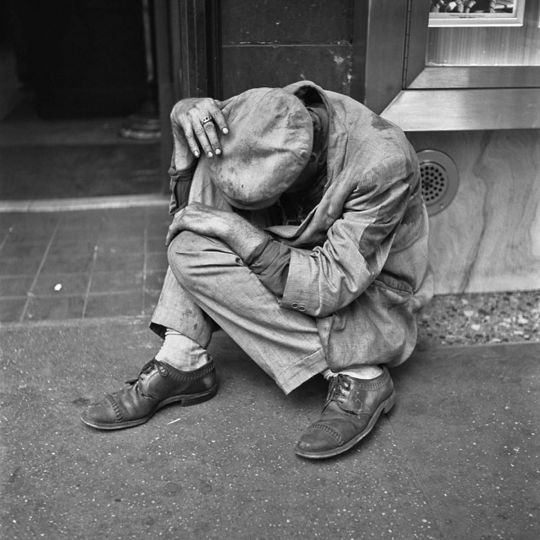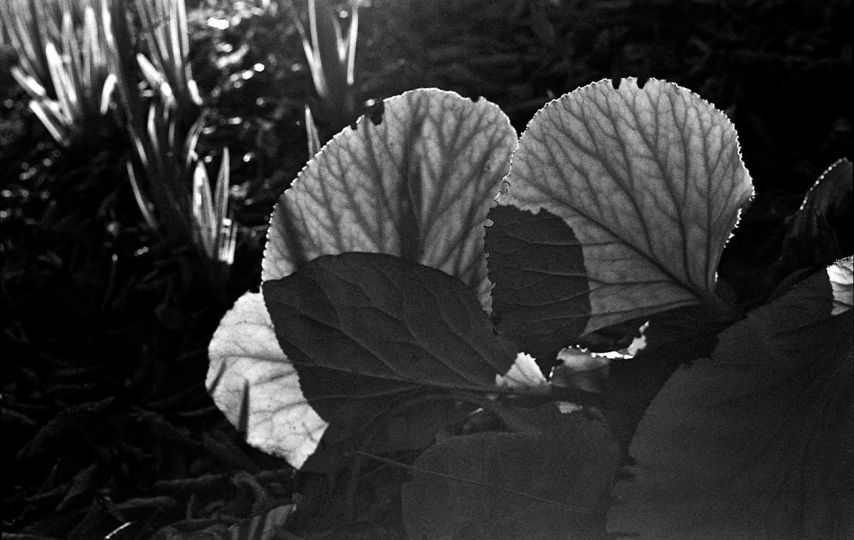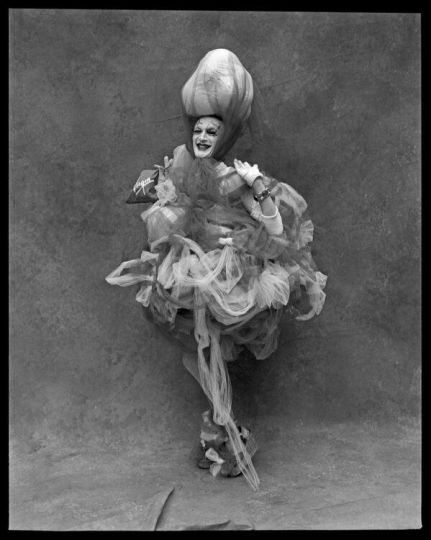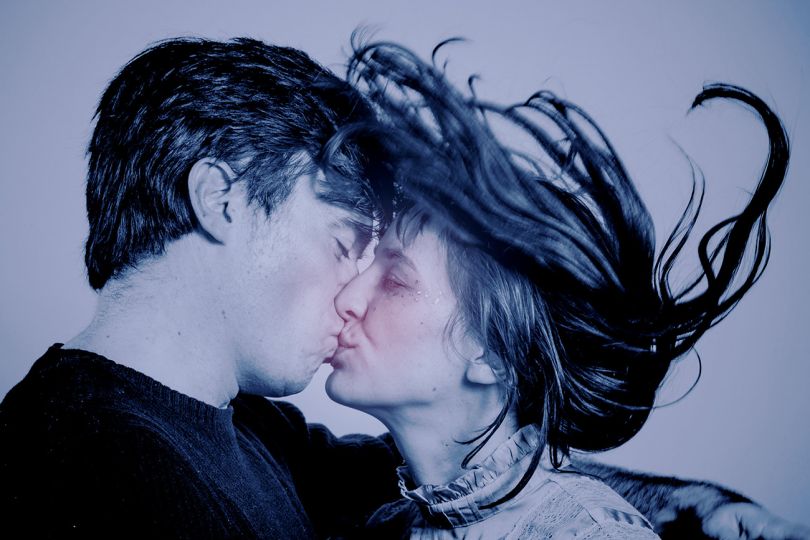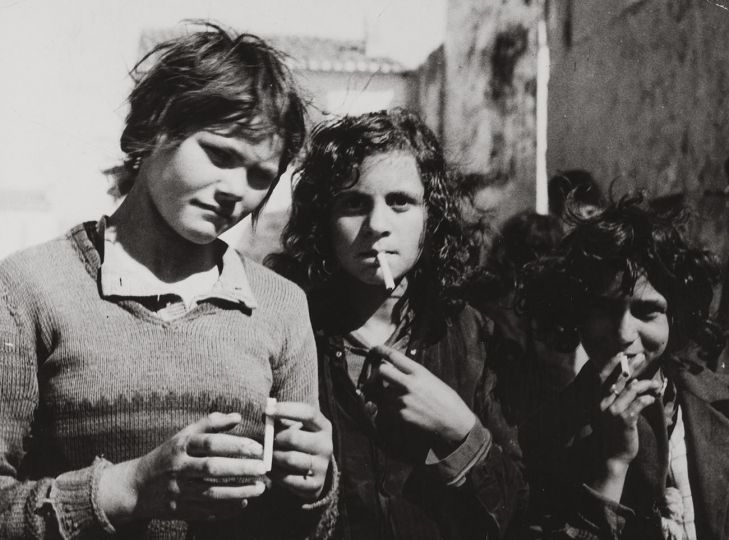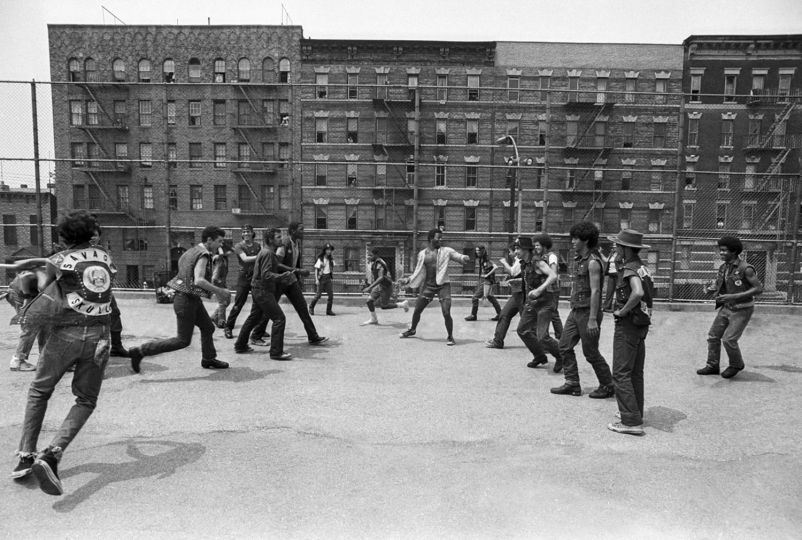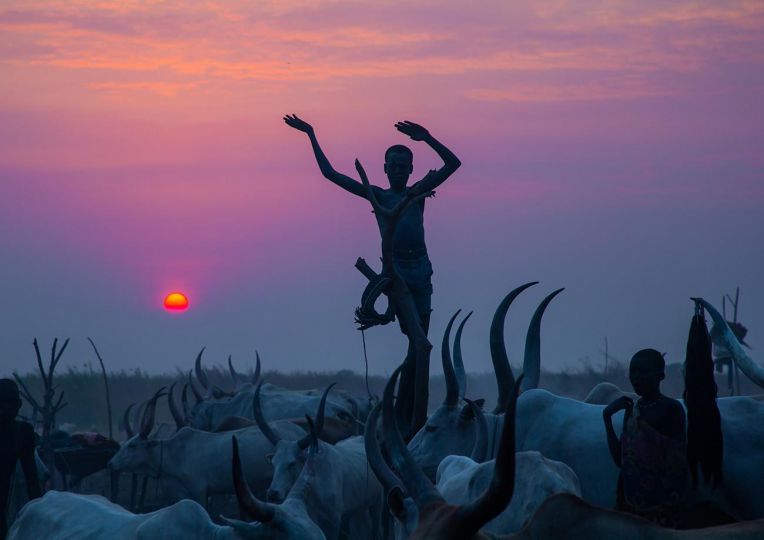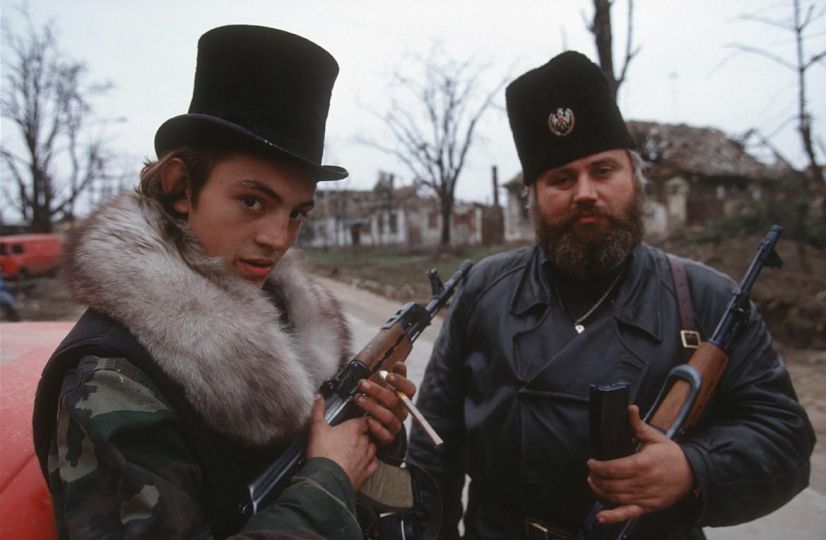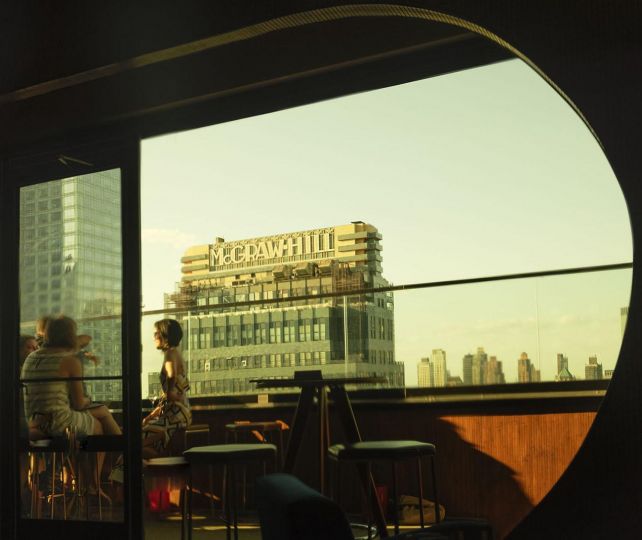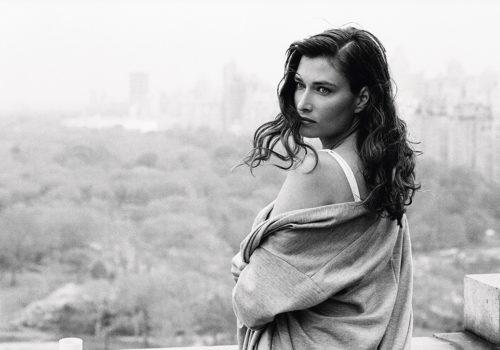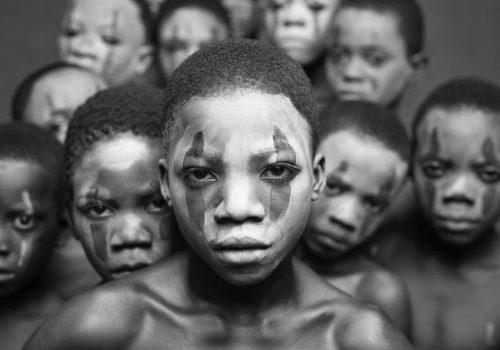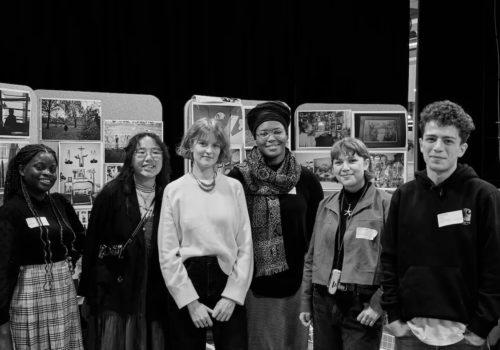The second portfolio, which Jean-François Jonvelle began for Photo in the 1980s, is devoted to French actresses. The book features a lovely preface by Frédéric Beigbeder, followed by a short biography:
Jean-François Jonvelle was snatched by the hand of death with a suddenness to match the photographs that were his life. Just as that life was dedicated to capturing these stolen moments, so death followed suit, carrying him off in the midst of life. A tumour discovered in early January, a final farewell just a fortnight later. He was gone in a flash. As I turn the pages of my friend’s last book my eyes mist over. My tears dissolve Jonvelle’s photographs into the soft focus of a David Hamilton.
Jonvelle’s work is often described as being – in the time-honoured formula – ‘sexy but not vulgar’. I prefer his own description of what he sought out: ‘la poésie du quotidien’, ‘the poetry of the everyday’. Photographs freeze moments of truth, all you have to do is choose the ones that do it best. ‘I tell myself that the present and the future don’t exist,’ he also used to say. ‘Everyone, every day, creates their own past.’
The quality that makes his images more moving than the rest is their vulnerability. Jonvelle taught me one crucial lesson: in photography, as in literature, what counts is feeling. Eroticism and tenderness are not sworn enemies. A downy arm, the frail nape of a neck, an uptilted breast, the curve of a back beneath the sheets, damp hair, closed eyelids, the trace of a kiss on the neck all these can be arousing.
Jonvelle’s women are fresh and natural because they are unaware of our gaze. Jonvelle makes adoring voyeurs of us all. He shows us why heterosexuality can be so painful: everywhere, in every house and every bathroom, paradise lurks. Paradise delicately removes her T-shirt, brushes her teeth, buttocks pert, the curve of her breasts taut, timeless. Suddenly paradise parts her legs in silence, biting her fin- gernails as she looks you straight in the eye, teasing you as she waits for you on the sheets. Jonvelle is in paradise now, but for him nothing has changed: he was already there in his lifetime.
As I gaze in wonder, the way I always do, at these images, so far removed from the familiar clichés, my thoughts turn to the beautiful women he immortalized. Photographs fix the fleeting, immortalize the ephemeral. Many of the women Jonvelle photographed are now old or dead, but – thanks to this photographer who is now also dead – their perfection will never fade.
Every one of Jonvelle’s photographs is a declaration of love. One day, at my request, he photographed Delphine Vallette, the mother of my daughter. I wanted to give this brunette whom I loved a portrait. Never have I felt such a cuckold – though in the most erotic of ways.
Beauty is an evanescent mystery that some artists have the ability to capture. As I look again at these wonderful images, I’m reminded of the title of that American comedy Drop Dead Gorgeous. Jonvelle’s work as a whole is not an ode to femininity; the story it tells is of the battle to vanquish death by means of the celebration of desire. All these shoulders caught by surprise, these half-seen breasts, these finely- arched insteps, these flawless backs, this sensual solitude, this calm between two storms, all these beautiful women who don’t give a damn are simply doors softly opened, through which we may catch a glimpse of eternal life.
Frédéric Beigbeder
Jean-François Jonvelle was born in 1943 in Cavaillon, south of France. Soon he will sell famous melons to buy Hasselblad. Its inspirations will come from the painting of Balthus, Bacon, of Schiele, but the true influence comes from films from Mankiewicz, Lubitsch, Fritz Lang, Orson Welles, Arthur PEN, Minnelli and more recently of Terry Gillian of which it acknowledges to have seen eleven times the film Brazil; Finally its preferred film: Jules and Jim of François Truffaut.
In 1959, it is the photographer George Glasberg who initiates him with photography while making him make the turn of France of the cathedrals. It is a photographic revelation which will leave it never again.
At the age of 20 he becomes the assistant of the American photographer Richard Avedon. After this enriching experiment he becomes his own “Master” whose favorite subject will be the woman. Her mom and her small sister of whom he always was very near will be her “first agreeing victims”. Then come the first “muse” and accomplice, Tina Sportolaro whom he meets in 1982 and with which he carries out some of his more beautiful images. Will be then Béatrice, Myriam and many others …
He is in particular the author of the photographs of the pub campaign which had revolutionized the advertising display in the Eighties “Tomorrow I remove bottom”.
He published many books; some of which are: in 1983: Those which I Like; 1989 Jonvelle (s) 1994: April, May, June; 1996: Mad of them; 1998: Balconies. An important monograph will be published in 2011.
Jonvelle said readily that its preferred subject was the woman that it liked. “When I photograph a woman said he, I want that she knows that she is most beautiful on earth, because a woman who feel beautiful becomes really the most beautiful woman. My happiness, it is also never not to have puted in chains my freedom, nor lost my freshness, my perfect moment”.
Jean François left us on January 16, 2002
Jean-François Jonvelle, les 100 plus belles photos
Didier Poupard
Gourcuff Gradenigo publishers
ISBN 978-2-35340-112-3
39 euros TTC

